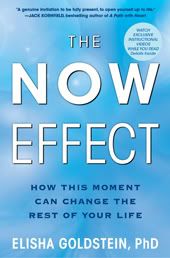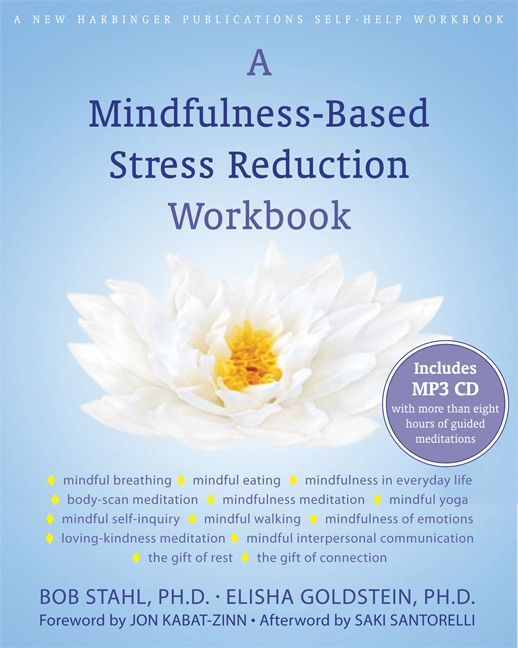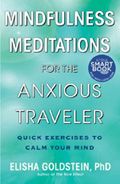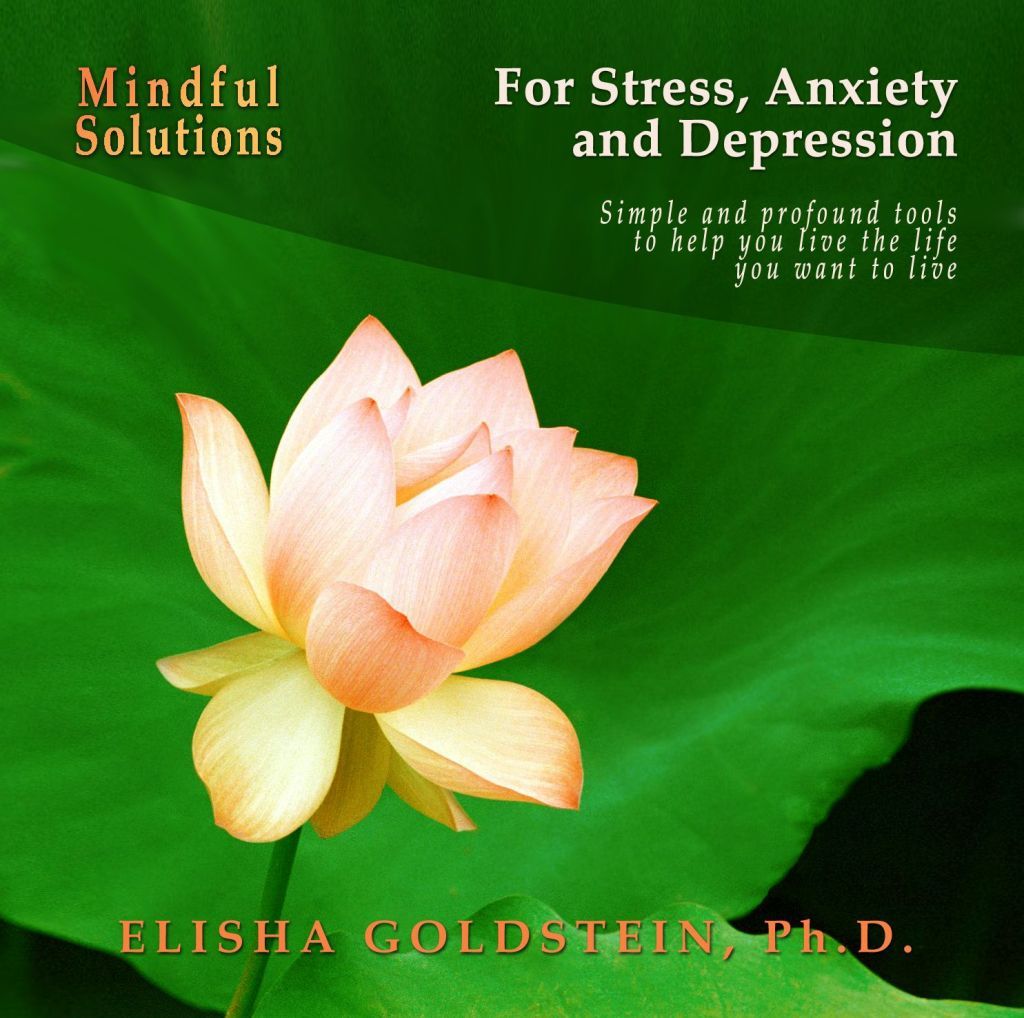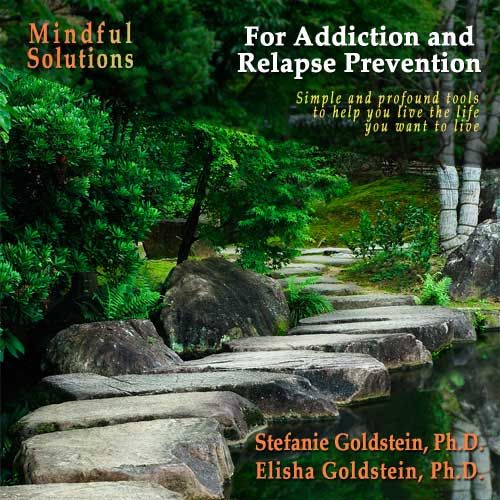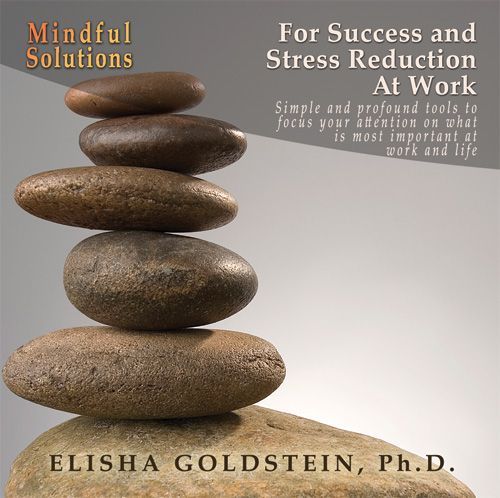|
The Now Effect Community!
How this Moment Can Change the Rest of Your Life
When it comes to mindfulness, there are a number of great short practices that help us be more present to our lives. In this post I'm going to reveal three key mindfulness practices that can help us pause, break out of auto-pilot, step into emotional freedom and even open up to a source of connection that is ultimately healing to ourselves and the world. Plus, I'll reveal a new practice that people are starting to love.
I know it sounds lofty, but give them a shot and let your experience be the teacher.
- STOP - Here is a simple practice that simply guides us into pausing, being present and opening up to what matters. Here is an adapted version of this practice:
S - Stop.
T - Take a few deep breaths.
O - Observe your experience (Body, Emotions, Thoughts).
P - Proceed with the question: "What is most important for me to attend to right now."
- RAIN - Made popular by Tara Brach, PhD, this practice is great for gaining emotional freedom. The key differentiator with this practice is it has you go deeper into investigating and becoming intimate with the difficult emotion that is there. Ultimately you arrive at a place where you are no longer identified with it, there's some freedom there.
R - Recognize the feeling.
A - Allow it to be as it is, without resisting or clinging to it. "Breathing in, allowing, Breathing out, letting be."
I - Investigate and become intimate with the emotion just as it is. This is not an analytical inquiry, but instead a sense of feeling into the experience. Here is where you may apply a warm and caring attention to see where it is in your body. Notice how big it is, what the shape of it is. You might ask, "What does this feeling believe?" or even "What do I need right now?" Here we can arrive at some perspective and wisdom to decide how we might go forward with it.
N - Non-identify is a natural state that arises in this process. We're no longer identified with the feeling, it is occurring within our awareness, but it no longer controls us.
- SAFE - Finally, my current favorite practice combines these, but adds another critical element that inspires what I consider to be a cornerstone healing modality of self-compassion and compassion. Like STOP, the acronym just happens to be so fitting to what we all ultimately need to feel happy. When we don't feel safe, our brains don't allow for our natural states of joy, calm and happiness to arise.
S - Soften into the feeling. This is akin to the "R" of rain, but implies a type of gentle attitude to bring with it. "Breathing in, opening to the vulnerability that is there, breathing out softening into it."
A - Allow it to be as it is, without resisting or clinging to it. This is the same as in RAIN.
F - Feel into the emotion that is there with a kind attention. This is the same as the "I" of RAIN, but clearly states the experiential aspect of feeling into the experience. In doing this we can still drop in the questions, "What does this feeling believe" and "What do I need right now?" When we discover this we might send that internally. For example, if we sense that we need to feel loved and to feel safe, we might say, "May I feel loved, May I feel safe, etc..."
E - Expand awareness of all people who also experience this vulnerability. The fact is this vulnerability of difficult experience is also a human experience. This is the big differentiator from the previous practices and a core component of self-compassion. Here is where we understand that we are not alone and that in this very moment there are thousands if not millions of people who are experiencing this very same feeling. The "E" of SAFE is where we inspire connection with the rest of humanity. In this practice we can also take what we learned from the "F" of SAFE and send it outward saying, "May we all feel loved, May we all feel safe, etc...
SAFE is a complete practice that I find myself and many others discovering transformative moments with. You can practice gaining freedom, insights and self-compassion from what's vulnerable or difficult, while also while inspiring a sense of connectedness outside of yourself that is ultimately healing.
You are welcome to play with any of these practices as an experiment and spread them around.
May that be a source of healing and joy in this life.
As always, please share your thoughts, stories and questions below. Your interaction creates a living wisdom for us all to benefit from. As always, today, choose a video-led practice today from The Now Effect and integrate it into your day once, twice or even three times.
Allow your experience to teach you about its benefits.
Enjoy!
Feel free to forward this email on to anyone you think may benefit.
A Couple Free Gifts - Choose Your Own Adventure
One Minute Video on The Now Effect
A short STOP practice
10 Minute Body Scan |
|
The Now Effect Community is a free newsletter that is meant to help you integrate more mindfulness and experience power, growth and freedom in daily life.
As we intentionally practice and repeat things they start to become automatic.
(You can unsubscribe at any time)

Photo © Gilles Mingasson
This comes from Elisha Goldstein, PhD, a psychologist, mindfulness teacher, author and speaker. See Elisha's workshops and lectures
|

